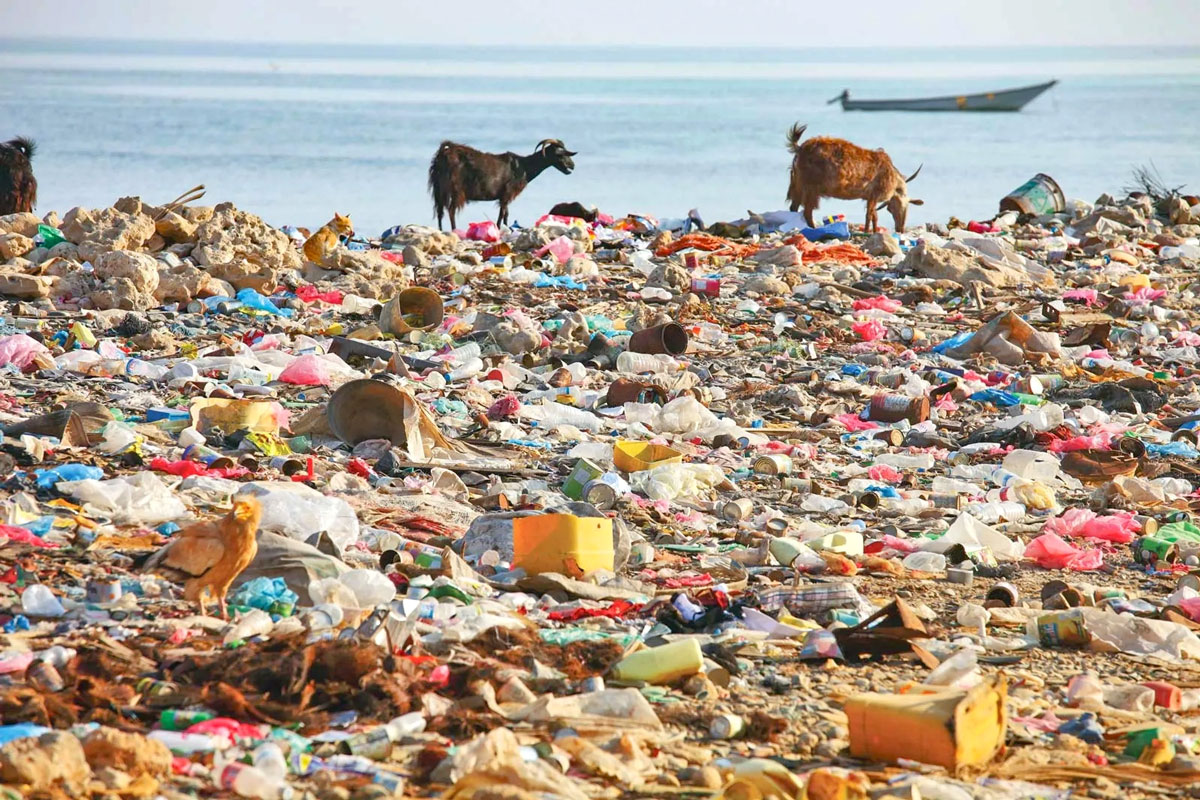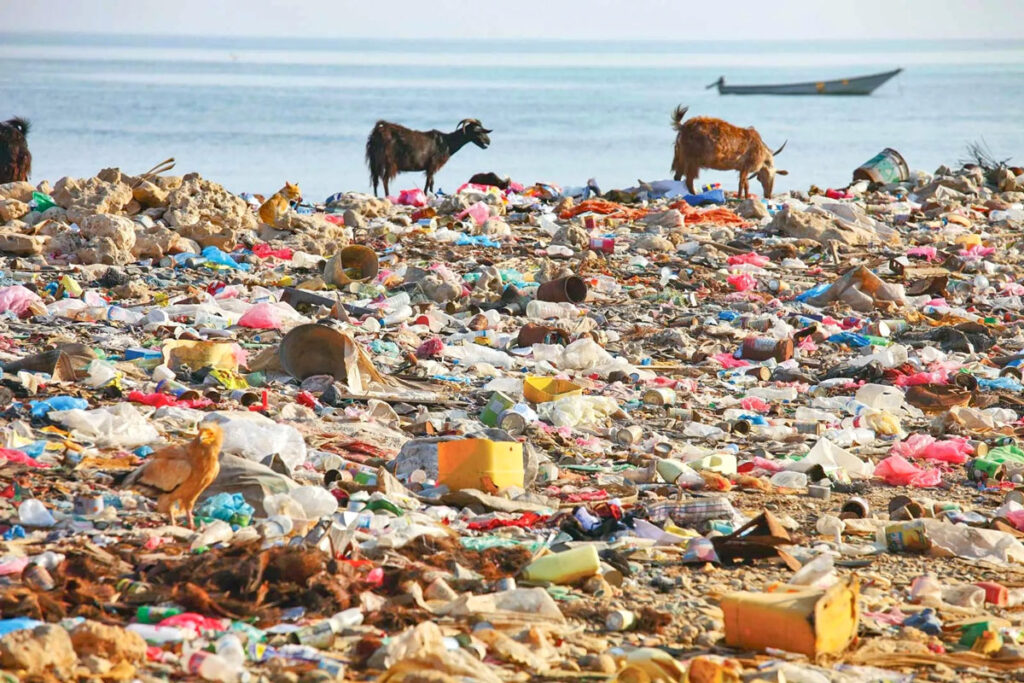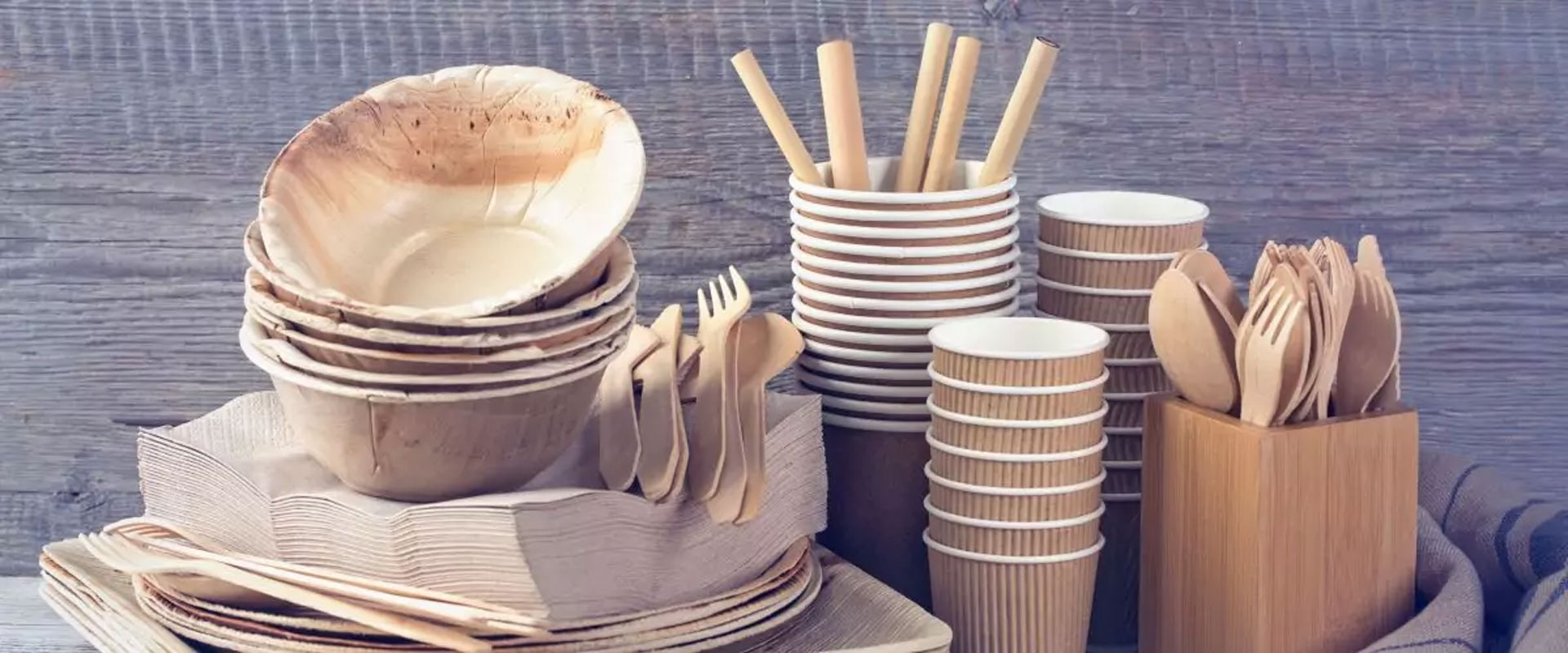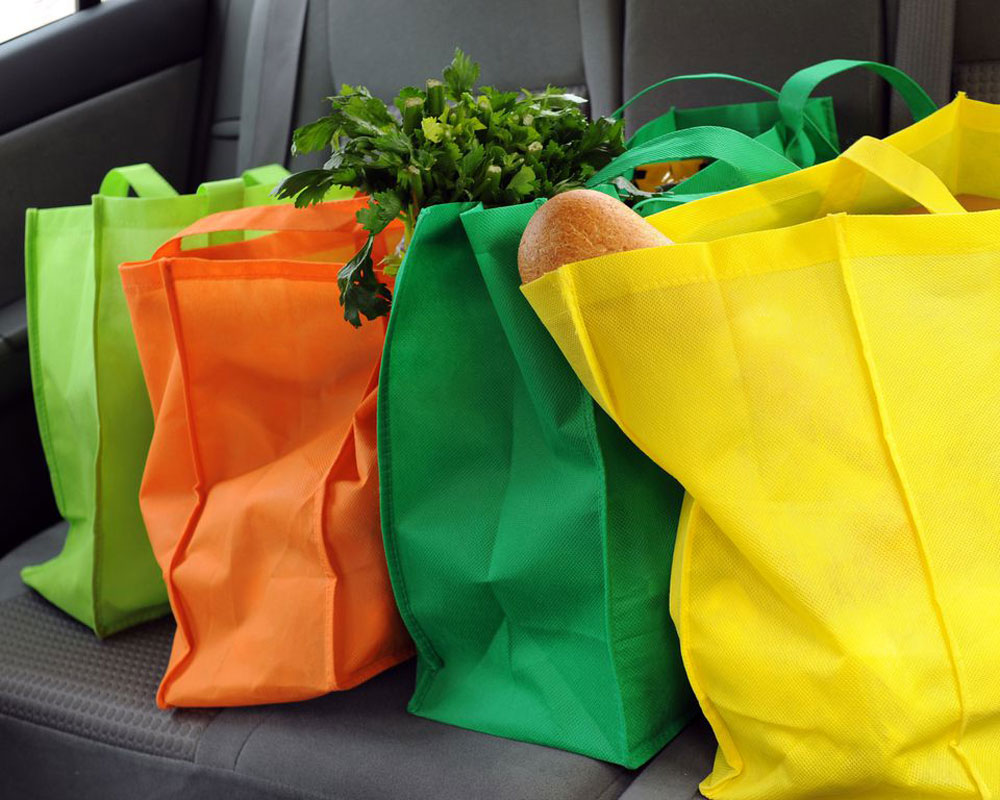
Despite all the bans and spirited campaigns by environment activists and governments, plastic is still ubiquitous. From the humble vegetable vendor to upscale stores, eateries and airlines, plastic marks its presence everywhere in the form of carry bags, disposable cutlery, bottles, coffee cup lids and wrappers. In fact, according to estimates, 90 per cent of the plastic that we use and throw away in our daily lives end up in landfills or clog our rivers and pollute our oceans.
As citizens, we can certainly do our bit to lessen the plastic load on Mother Nature. Let me start with the plastic shopping bag. According to the United Nations Environment Programme, the world consumes about one million plastic bags a minute! A shocking statistic when you think that the polyethylene shopping bag was patented by the Swedish company, Celloplast, only in 1965. This means in 58 years it has grown from being a novelty to a humongous problem that the world is still trying to solve.
Perhaps we can begin our efforts for a plastic-free world by saying no to plastic bags when we go shopping. An ample supply of cloth bags can be kept at home to be used by family members for buying groceries from the local market. A bag or two can also be placed in the family car for use when the occasion arises. Many malls these days provide cloth or jute bags if you pay a little extra. Choose the greener alternative.
It is not just shopping bags. Think of the number of times in the course of the day that you can replace plastic with an alternative. A coffee mug taken to the cafe saves you from consuming your brew from a disposable cup with a plastic cap. When you order food at home or pick it up from a takeaway you can insist that no plastic cutlery be packed along with the food. Interventions like this, however small or insignificant they may seem, help in weaning you away from plastic dependency.
Bottled water, which comes in plastic containers of varying sizes, is something that most of us may find difficult to avoid. Given the lack of trust in the quality of municipal water, this is understandable, especially when travelling. In fact, the lack of safe public water is such that the bottled variety has become a huge and growing industry in India with a market size of $22.72 billion in 2022, and is expected to touch $32.61 billion by 2030. While established brands say they are shifting to recyclable options, we can see single use plastic bottles and even recyclable PET bottles wantonly dumped at camping sites and popular tourist destinations.
One green action you can take is to collect rather than indiscriminately discard recyclable bottles and packaging and give it to registered recyclers who have opened shop in the larger metros. The next best option is to give them to a kabadiwala who is networked with the recyclers. But more often than not people are guilty of throwing away these bottles on the beach or in the garbage dump close to their home. It must be noted that plastic trash, since it is nonbiodegradable, remains in the soil for more than 1,000 years.
Since plastic is inexpensive and readily available, it is a popular packaging material. Most foodstuff you buy come in plastic containers and packets. Please see the marking on the packaging to ascertain whether it is made of recyclable material. If it is, then don’t forget to send it to recyclers. It won’t do to dispose it into the garbage dump from where it will most likely end up in a landfill outside the city. Also, whenever possible, opt for non-plastic or biodegradable packaging options even if they cost a little more.
Some of us may remember the sachet revolution that gripped the country in the early 1980s. Tapping the rural markets by selling reasonably priced cosmetics and wellness products in small plastic sachets was the name of the game. The marketing revolution that started in Cuddalore, a small town in Tamil Nadu, soon caught the fancy of FMCG manufacturers. Today shampoos, toothpaste, talcum powder and a host of other products including tomato sauce and water are available in sachets.
But it is now revealed that the marketing revolution had a serious environmental downside since it resulted in the proliferation of plastic sachets across the country. In rural India plastic clogging the streams and rivers include plastic bottles, water sachets, and single use cosmetic pouches. Committed environment activists will advise you to avoid using products in sachets even when they are provided free as part of the toilet kit in hotels. Indeed, it is wise in today’s world to buy products in bulk in bigger containers which last longer rather than buy smaller packets over time.
While avoiding plastic may initially seem difficult one can cultivate the habit and also spread the good word around. You could make a start at your home. Remember, according to the Union environment ministry, India generates 3.5 million tonnes of plastic waste annually and much of it is neither treated or recycled. It ends up polluting the air and water and contributes significantly to environmental degradation.
It’s time we did our bit to save the planet.
The writer is a senior journalist who writes on environmental issues.










